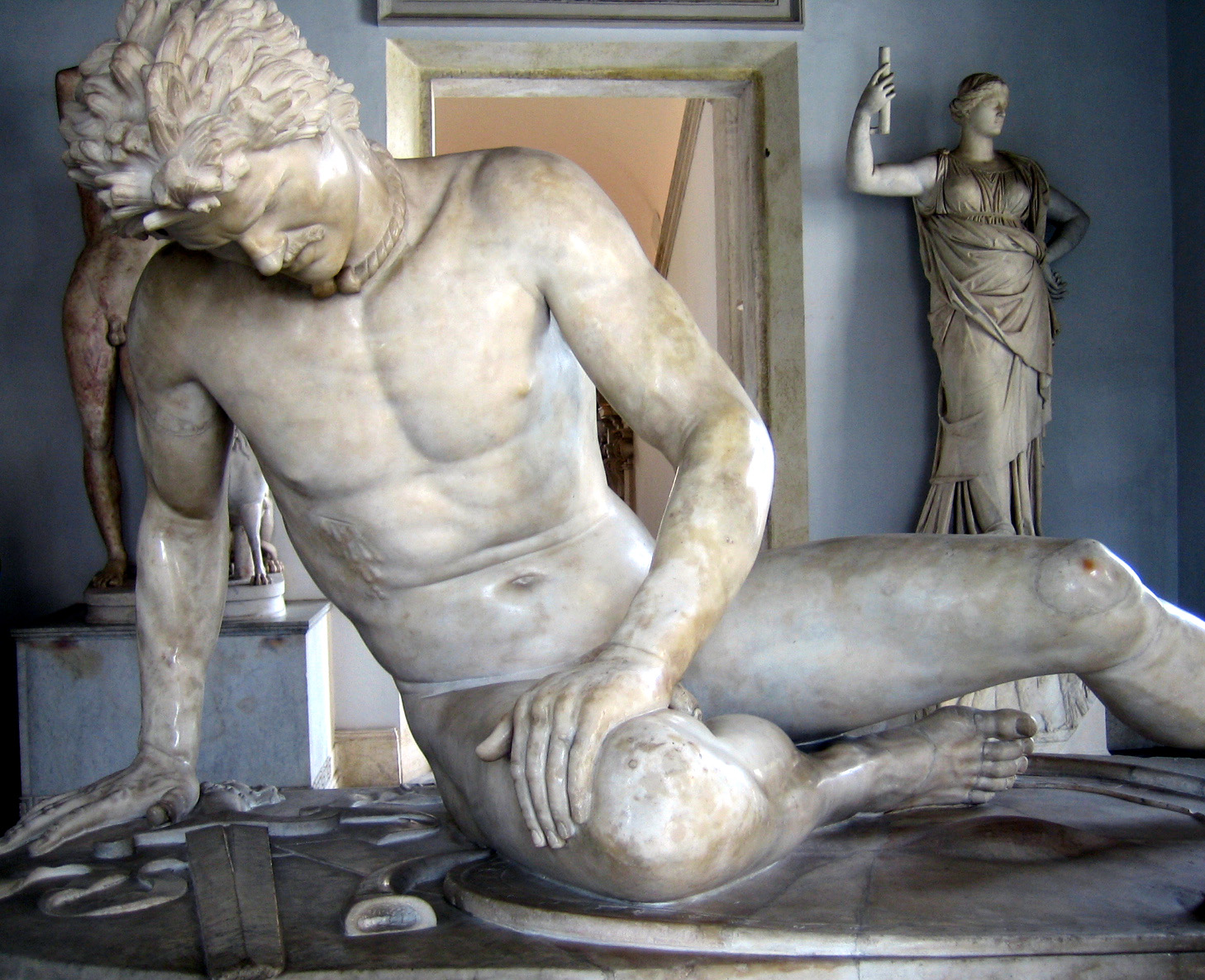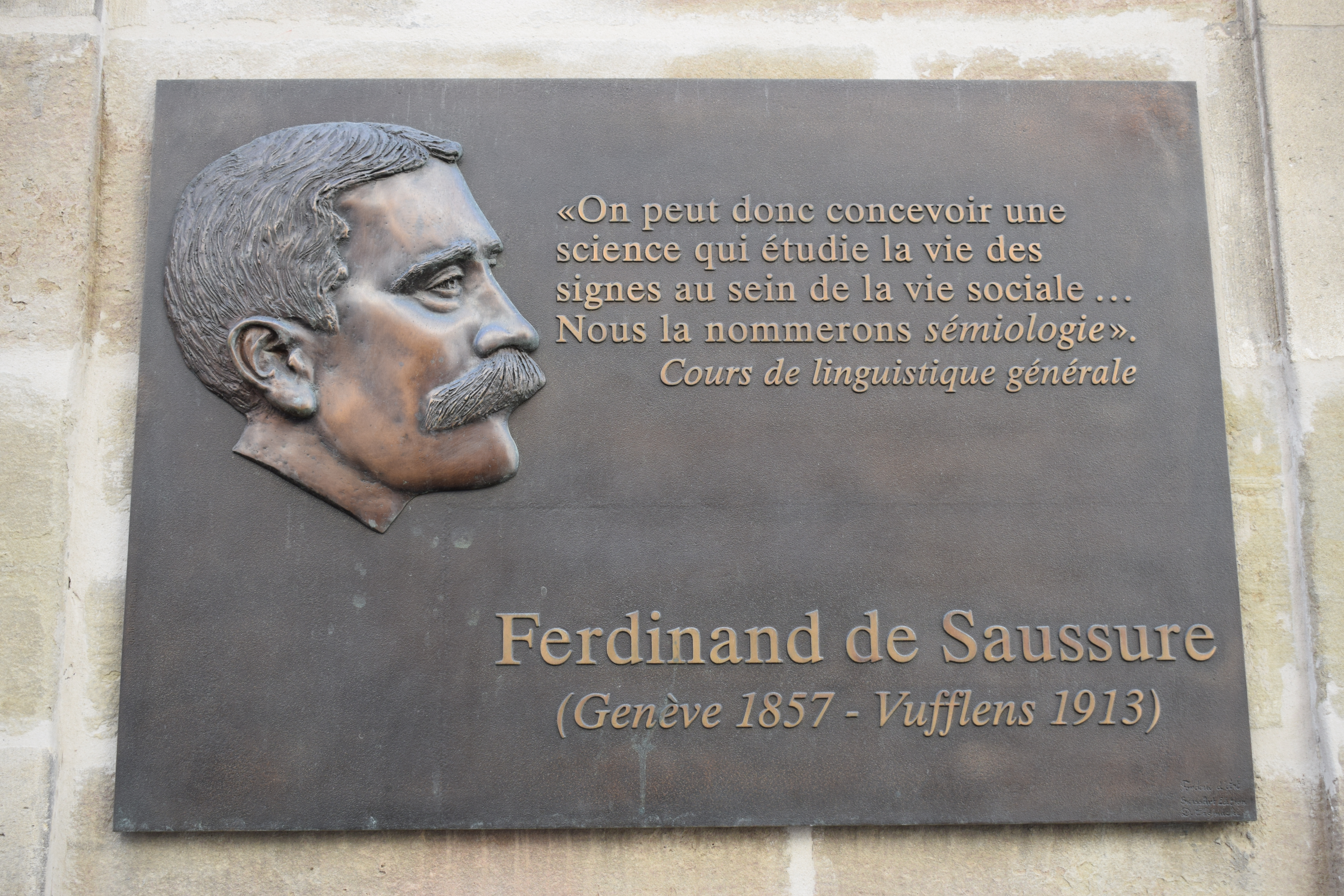|
Aquitanians
The Aquitani were a tribe that lived in the region between the Pyrenees, the Atlantic Ocean, and the Garonne, in present-day southwestern France in the 1st century BC. The Romans dubbed this region ''Gallia Aquitania''. Classical authors such as Julius Caesar and Strabo clearly distinguish the Aquitani from the other peoples of Gaul, and note their similarity to others in the Iberian Peninsula. Their old language, the Aquitanian language, was a precursor of the Basque language and the substrate for the Gascon language (one of the Romance languages) spoken in Gascony. Between the 1st century and the 13th century, the Aquitani gradually adopted the Gascon language while part of the Roman Empire, then the Duchy of Gascony and the Duchy of Aquitaine. History At the time of the Roman conquest, Julius Caesar, who defeated them in his campaign in Gaul, describes them as making up a distinct part of Gaul: Despite apparent cultural and linguistic connections to ( Vascones), the re ... [...More Info...] [...Related Items...] OR: [Wikipedia] [Google] [Baidu] [Amazon] |
Belgae
The Belgae ( , ) were a large confederation of tribes living in northern Gaul, between the English Channel, the west bank of the Rhine, and the northern bank of the river Seine, from at least the third century BC. They were discussed in depth by Julius Caesar in his Commentarii de Bello Gallico, account of his wars in Gaul. Some peoples in southern Roman Britain, Britain were also called Belgae and had apparently moved from the continent. T. F. O'Rahilly believed that some had moved further west and he equated them with the Fir Bolg in Ireland. The Roman province of Gallia Belgica was named after the continental Belgae. The term continued to be used in the region until the present day and is reflected in the name of the modern country of Belgium. Etymology The consensus among linguists is that the ethnic name ''Belgae'' probably comes from the Proto-Celtic root ''*belg-'' or ''*bolg-'' meaning "to swell (particularly with anger/battle fury/etc.)", cognate with the Dutch language ... [...More Info...] [...Related Items...] OR: [Wikipedia] [Google] [Baidu] [Amazon] |
Vascones
The Vascones were a pre- Roman tribe who, on the arrival of the Romans in the 1st century, inhabited a territory that spanned between the upper course of the Ebro river and the southern basin of the western Pyrenees, a region that coincides with present-day Navarre, western Aragon and northeastern La Rioja, in the Iberian Peninsula. The Vascones are often considered ancestors of the present-day Basques to whom they left their name. Territory Roman period The description of the territory which the Vascones inhabited during ancient times appears in texts of classical authors, between the 1st century BC and the 2nd century AD, such as Livy, Strabo, Pliny the Elder and Ptolemy. Although these texts have been studied as sources of reference, some authors have pointed out the apparent lack of uniformity and also the existence of contradictions within the texts, in particular with Strabo. The oldest document corresponds to Livy (59 BC – AD 17), who in a brief passage of his ... [...More Info...] [...Related Items...] OR: [Wikipedia] [Google] [Baidu] [Amazon] |
Gauls
The Gauls (; , ''Galátai'') were a group of Celts, Celtic peoples of mainland Europe in the Iron Age Europe, Iron Age and the Roman Gaul, Roman period (roughly 5th century BC to 5th century AD). Their homeland was known as Gaul (''Gallia''). They spoke Gaulish, a continental Celtic language. The Gauls emerged around the 5th century BC as bearers of La Tène culture north and west of the Alps. By the 4th century BC, they were spread over much of what is now France, Belgium, Switzerland, Southern Germany, Austria, and the Czech Republic, by virtue of controlling the trade routes along the river systems of the Rhône, Seine, Rhine, and Danube. They reached the peak of their power in the 3rd century BC. During the 4th and 3rd centuries BC, the Gauls expanded into Northern Italy (Cisalpine Gaul), leading to the Roman–Gallic wars, and Gallic invasion of the Balkans, into the Balkans, leading to Battle of Thermopylae (279 BC), war with the Greeks. These latter Gauls eventually settle ... [...More Info...] [...Related Items...] OR: [Wikipedia] [Google] [Baidu] [Amazon] |
Gascony
Gascony (; ) was a province of the southwestern Kingdom of France that succeeded the Duchy of Gascony (602–1453). From the 17th century until the French Revolution (1789–1799), it was part of the combined Province of Guyenne and Gascony. The region is vaguely defined, and the distinction between Guyenne and Gascony is unclear; by some they are seen to overlap, while others consider Gascony a part of Guyenne. Most definitions put Gascony east and south of Bordeaux. It is currently divided between the region of Nouvelle-Aquitaine (departments of Landes, Pyrénées-Atlantiques, southwestern Gironde, and southern Lot-et-Garonne) and the region of Occitanie (departments of Gers, Hautes-Pyrénées, southwestern Tarn-et-Garonne, and western Haute-Garonne). Gascony was historically inhabited by Basque-related people who appear to have spoken a language similar to Basque. The name Gascony comes from the same root as the word Basque (see Wasconia below). From the Middle Ag ... [...More Info...] [...Related Items...] OR: [Wikipedia] [Google] [Baidu] [Amazon] |
Novempopulania
Novempopulania (Latin for "country of the nine peoples") was one of the provinces created by Diocletian (Roman emperor from 284 to 305) out of Gallia Aquitania, which was also called ''Aquitania Tertia''. Early Roman period The area of Novempopulania was first named '' Aquitania'', as it was where the Aquitani dwelt. The territory extended within the triangular area outlined by the River Garonne, the Pyrenees and the Bay of Biscay, as described by Julius Caesar in his ''Commentarii de Bello Gallico'' for Gallia Aquitania. In his work, Caesar describes the Aquitani as being different in language and body type from their northerly neighbours and more similar to the Celtiberians. The province of Aquitania was enlarged by Augustus and began to signify a larger and more diverse territory. Late antiquity The name Novempopulania stands for the nine peoples making up the original territory (Aquitania Tertia). It seems clear that at the time of the lower empire (2nd to 4th century ... [...More Info...] [...Related Items...] OR: [Wikipedia] [Google] [Baidu] [Amazon] |
Duchy Of Gascony
The Duchy of Gascony or Duchy of Vasconia was a duchy located in present-day southwestern France and northeastern Spain, an area encompassing the modern region of Gascony. The Duchy of Gascony, then known as ''Wasconia'', was originally a Frankish march formed to hold sway over the Basques. However, the duchy went through different periods, from its early years with its distinctively Basque element to the merger in personal union with the Duchy of Aquitaine to the later period as a dependency of the Plantagenet kings of England. Gascony was under continuous English rule for approximately 300 years, from 1152 to 1453. Charles VII of France reconquered the territory as a final act of the Hundred Years' War and the northern part of the territory was annexed by the Kingdom of France in 1453. The corresponding portion within the Iberian Peninsula became the Kingdom of Navarre. History Formation Gascony was the core territory of Roman Gallia Aquitania. By the 2nd century this prov ... [...More Info...] [...Related Items...] OR: [Wikipedia] [Google] [Baidu] [Amazon] |
Map Gallia Tribes Towns
A map is a symbolic depiction of interrelationships, commonly spatial, between things within a space. A map may be annotated with text and graphics. Like any graphic, a map may be fixed to paper or other durable media, or may be displayed on a transitory medium such as a computer screen. Some maps change interactively. Although maps are commonly used to depict geography, geographic elements, they may represent any space, real or fictional. The subject being mapped may be two-dimensional such as Earth's surface, three-dimensional such as Earth's interior, or from an abstract space of any dimension. Maps of geographic territory have a very long tradition and have existed from ancient times. The word "map" comes from the , wherein ''mappa'' meant 'napkin' or 'cloth' and ''mundi'' 'of the world'. Thus, "map" became a shortened term referring to a flat representation of Earth's surface. History Maps have been one of the most important human inventions for millennia, allowin ... [...More Info...] [...Related Items...] OR: [Wikipedia] [Google] [Baidu] [Amazon] |
Middle Ages
In the history of Europe, the Middle Ages or medieval period lasted approximately from the 5th to the late 15th centuries, similarly to the post-classical period of global history. It began with the fall of the Western Roman Empire and transitioned into the Renaissance and the Age of Discovery. The Middle Ages is the middle period of the three traditional divisions of Western history: classical antiquity, the medieval period, and the modern period. The medieval period is itself subdivided into the Early, High, and Late Middle Ages. Population decline, counterurbanisation, the collapse of centralised authority, invasions, and mass migrations of tribes, which had begun in late antiquity, continued into the Early Middle Ages. The large-scale movements of the Migration Period, including various Germanic peoples, formed new kingdoms in what remained of the Western Roman Empire. In the 7th century, North Africa and the Middle East—once part of the Byzantine Empire� ... [...More Info...] [...Related Items...] OR: [Wikipedia] [Google] [Baidu] [Amazon] |
Duchy Of Vasconia
The Duchy of Gascony or Duchy of Vasconia was a duchy located in present-day southwestern France and northeastern Spain, an area encompassing the modern region of Gascony. The Duchy of Gascony, then known as ''Wasconia'', was originally a Frankish march formed to hold sway over the Basques. However, the duchy went through different periods, from its early years with its distinctively Basque element to the merger in personal union with the Duchy of Aquitaine to the later period as a dependency of the Plantagenet kings of England. Gascony was under continuous English rule for approximately 300 years, from 1152 to 1453. Charles VII of France reconquered the territory as a final act of the Hundred Years' War and the northern part of the territory was annexed by the Kingdom of France in 1453. The corresponding portion within the Iberian Peninsula became the Kingdom of Navarre. History Formation Gascony was the core territory of Roman Gallia Aquitania. By the 2nd century this pro ... [...More Info...] [...Related Items...] OR: [Wikipedia] [Google] [Baidu] [Amazon] |
Linguistics
Linguistics is the scientific study of language. The areas of linguistic analysis are syntax (rules governing the structure of sentences), semantics (meaning), Morphology (linguistics), morphology (structure of words), phonetics (speech sounds and equivalent gestures in sign languages), phonology (the abstract sound system of a particular language, and analogous systems of sign languages), and pragmatics (how the context of use contributes to meaning). Subdisciplines such as biolinguistics (the study of the biological variables and evolution of language) and psycholinguistics (the study of psychological factors in human language) bridge many of these divisions. Linguistics encompasses Outline of linguistics, many branches and subfields that span both theoretical and practical applications. Theoretical linguistics is concerned with understanding the universal grammar, universal and Philosophy of language#Nature of language, fundamental nature of language and developing a general ... [...More Info...] [...Related Items...] OR: [Wikipedia] [Google] [Baidu] [Amazon] |





